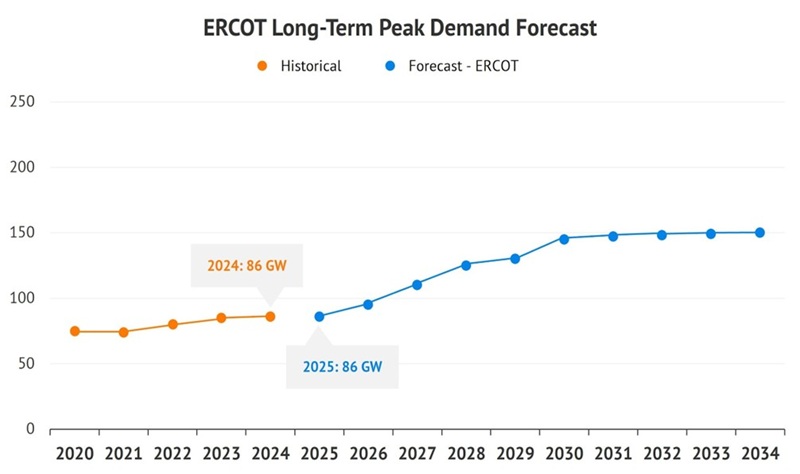We’ve been dividend-hungry lately. Our Wednesday missives have brought 11 income ideas since Labor Day!
It’s a busy week for our brood! If you bought these payers, you have four ex-dividend dates (the dates when the stock trades at a price minus—“ex”—the dividend per share) on deck this week. Plus two pay days!
This neat weekly view comes to us courtesy of Income Calendar, our homegrown dividend tracker. We developed IC for serious income investors like yourself. The tool projects every dividend payment with accuracy that is unmatched in the industry.
This calendar beats today’s best AI—it’s custom-made and precision-tuned for dividend stocks.… Read more



Recent Comments